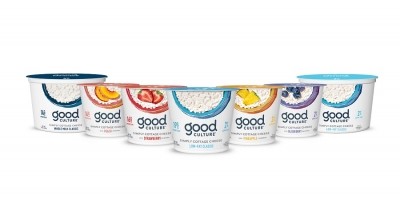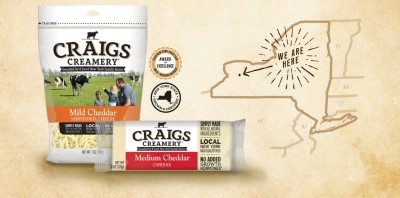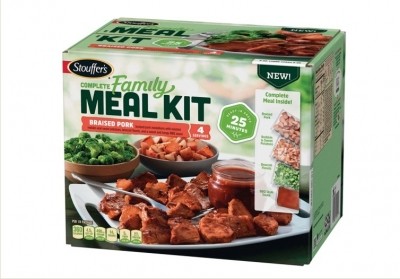US consumers continue to eat more cheese

According to USDA data, Americans drank 149 lbs of milk per capita in 2017, down from 247 lbs in 1975. Conversely, during the same 42-year time period, per capita cheese consumption has more than doubled from 14.3 lbs in 1975 to 36.9 lbs in 2017.
Underscoring the decline of US milk consumption, Rabobank pointed out that it takes about 10 lbs of milk to produce one lb of cheese.
"As a result, the 98-pound annual decrease in fluid milk consumption has been more than offset by the 226-pound increase in milk used to manufacture cheese," noted Rabobank global strategist, Mary Ledman, and Tom Bailey Rabobank senior analyst, dairy, in a report.
The US cheese category has grown primarily due to the rise and variety of more natural cheeses including cheddar, colby, and jack cheeses. Mozzarella consumption has grown considerably from 10 lbs per capita in 1995 to more than 15 lbs in 2017.
Of the nearly 7 pounds of per capita cheese consumption not associated with the American or Italian categories, cream cheese is the next largest category, with 2.6 pounds of annual consumption, followed by Swiss cheese, with 1.1 pounds, and Hispanic cheese, with 0.8 pounds per person, according to Rabobank research.
American cheese still in demand
"Despite recent claims that the processed cheese category is in decline, USDA per capita consumption data suggests that Americans continue to consume American singles and Velveeta," wrote Ledman and Bailey.
Per capita processed cheese has been on the rise since it hit a low of 3.53 lbs per person in 2010. Since then, per capita consumption of processed cheese has moved higher, reaching 5.16 pounds in 2017, which is the highest level since 1996.
But how could consumption of processed cheese be on the rise if IRI retail sales data showed a 3.8% decline between 2017 and 2018?
According to Rabobank, declining retails sales have been offset by the food service sector, which has increased the amount of processed cheese used in meal preparation.
Last year, fast food chain Pizza Hut added 25% more cheese to its menu with a American cheese stuffed pizza crust available at 6,000 locations, requiring an additional 150 million lbs of cheese.
Oversupply mean less sticker shock
Despite rising consumption levels of cheese, US stock levels of cheese are at an all-time high: In 2018, cheese production neared 13 billion lbs, up 316.5 million lbs from 2017.
Higher stocks of cheese as well as lower milk prices have contributed to weaker domestic cheese prices, according to Rabobank.
Manufacturers of aging cheeses, such as aged cheddar, have taken advantage of the opportunity of lower milk prices combined with higher cheese stocks, to put cheese that will be cured for several months, or even several years, in storage.
As a result, the average consumer price index for cheese slipped 1% in the last six months of 2018, vs. the first six months of 2018 – and it is expected to be lower than the prior year during the first quarter of 2019.
"This means that consumers are unlikely to face any sticker shock when stocking up on cheese for their annual February Super Bowl parties," added Rabobank.

















